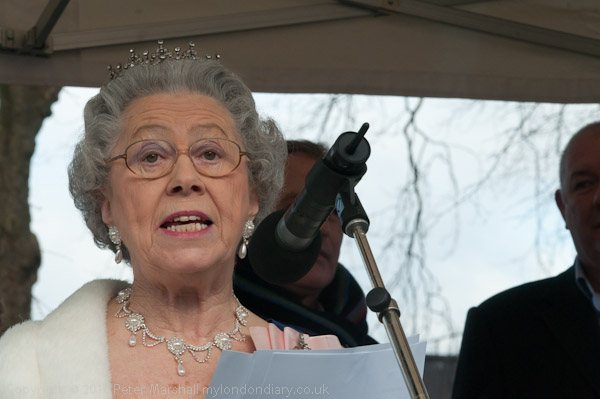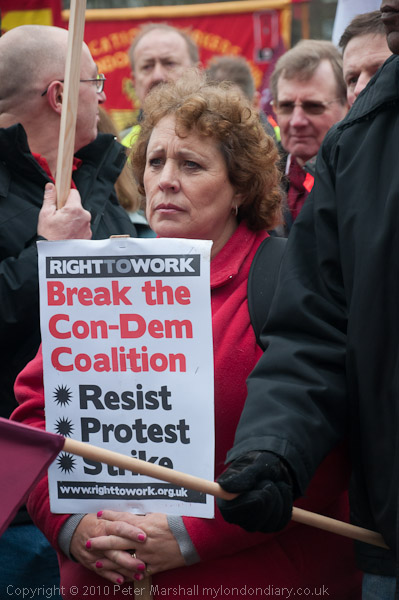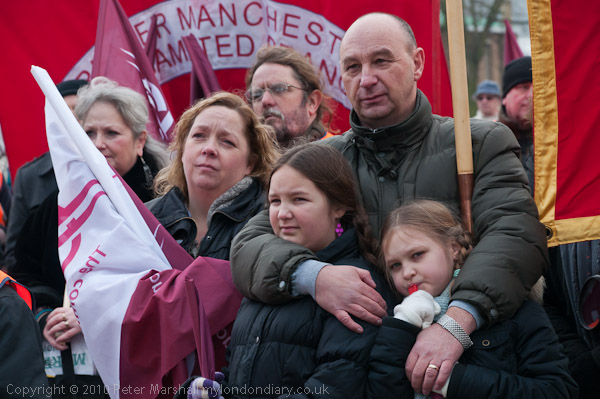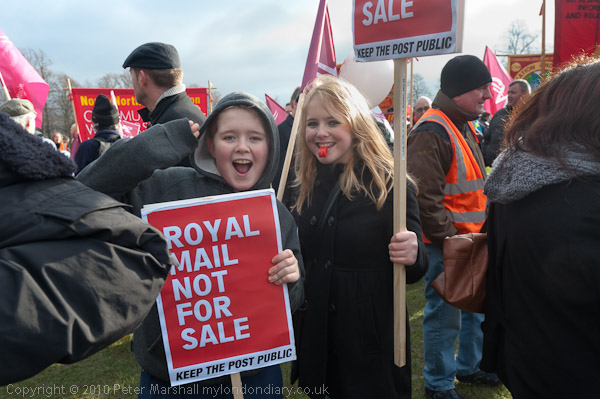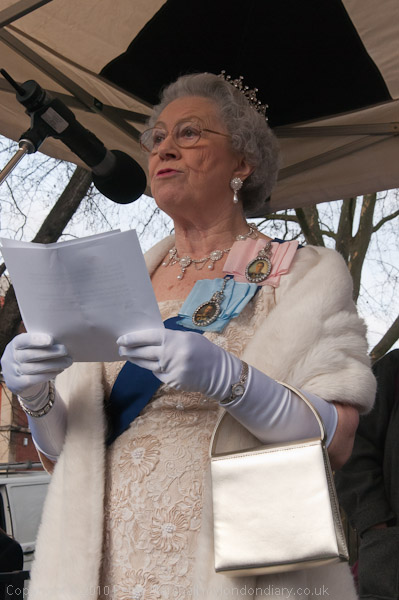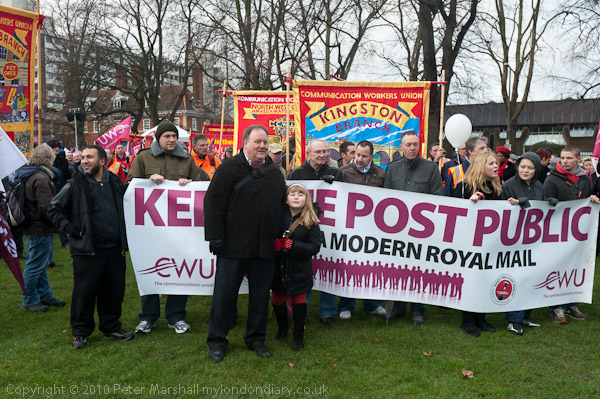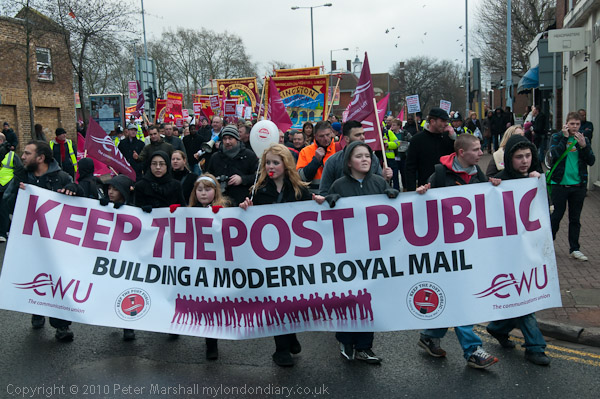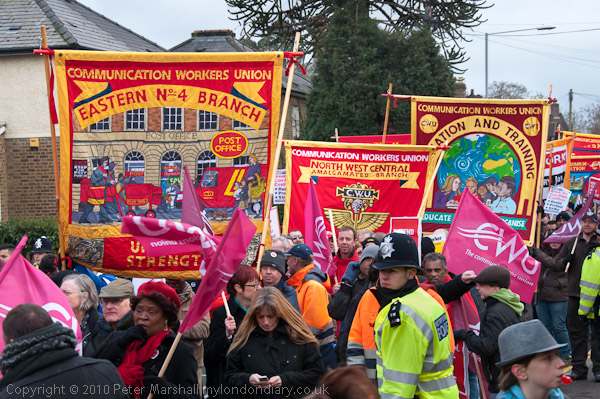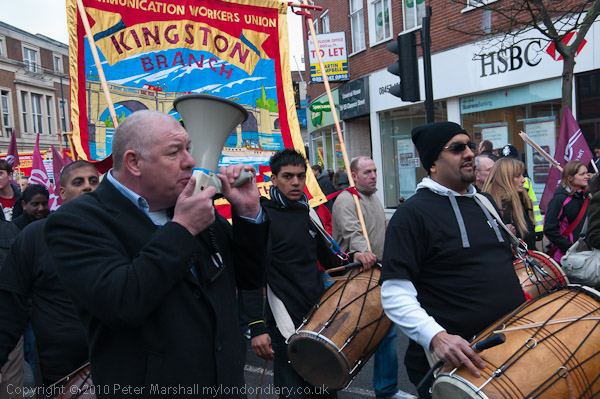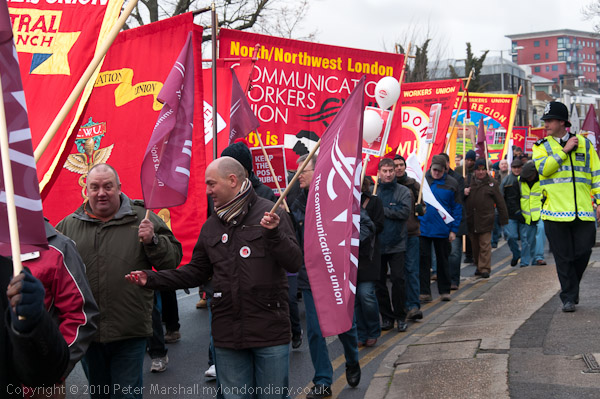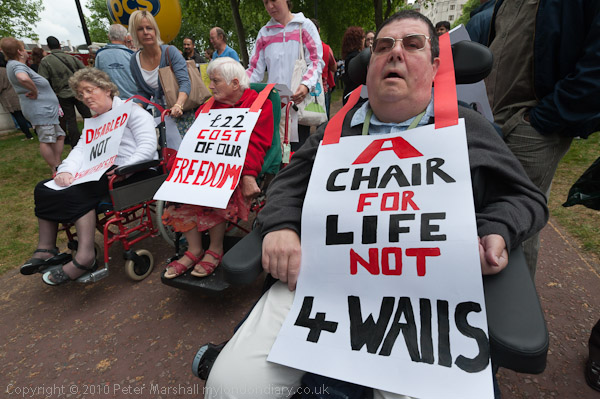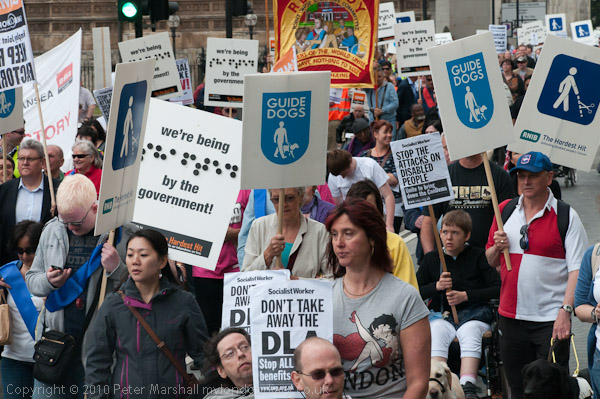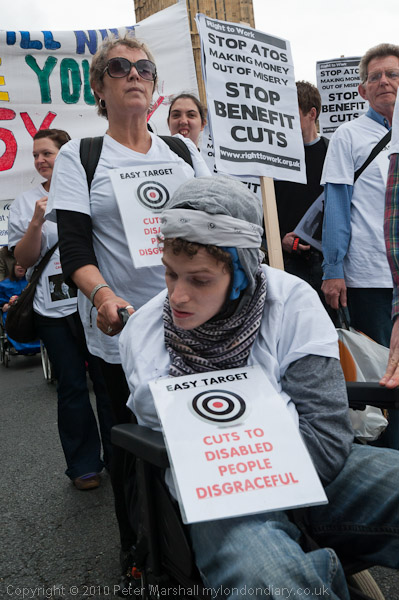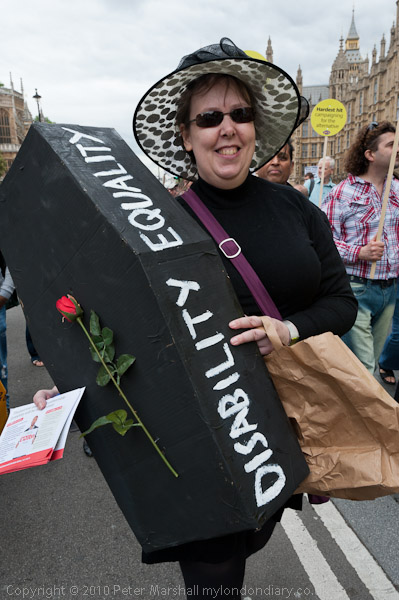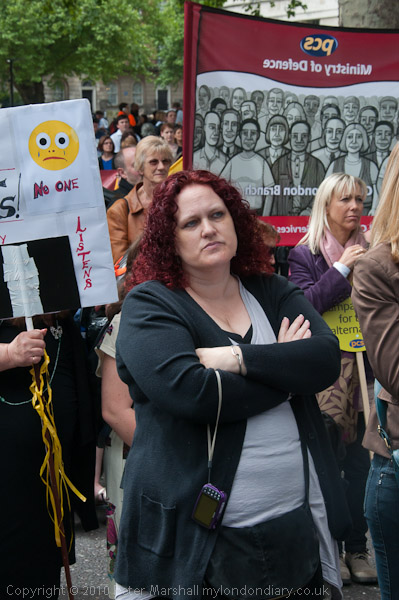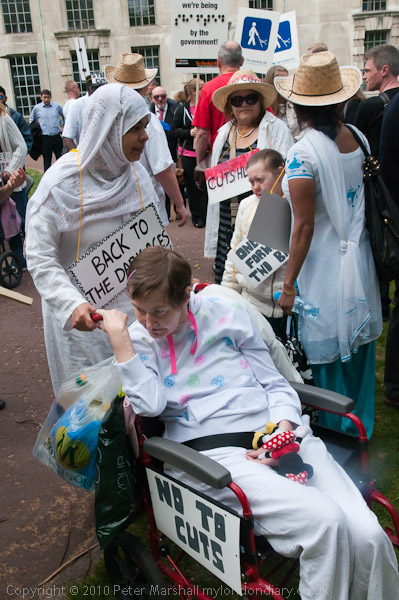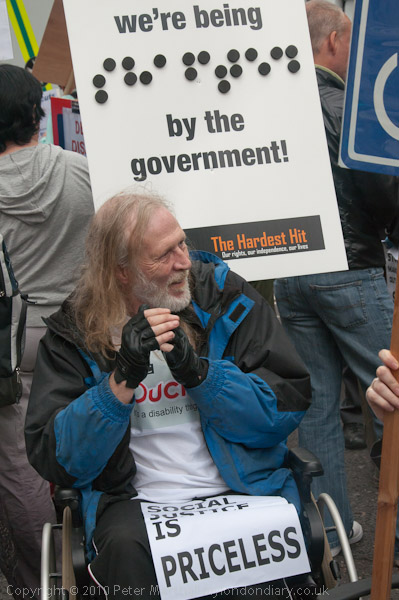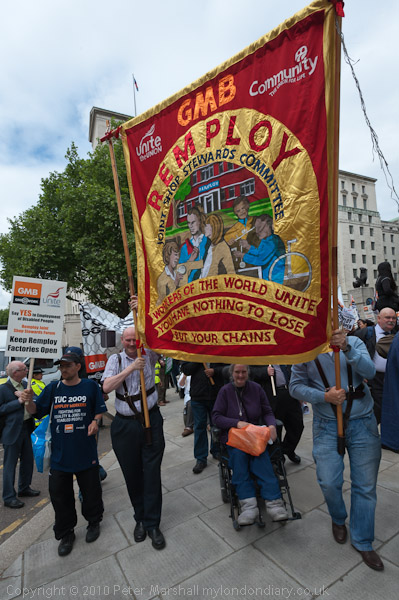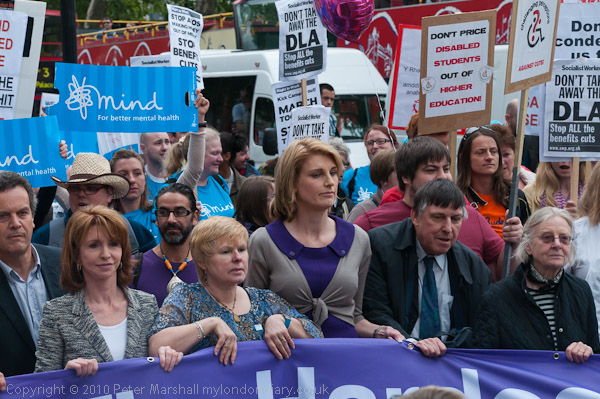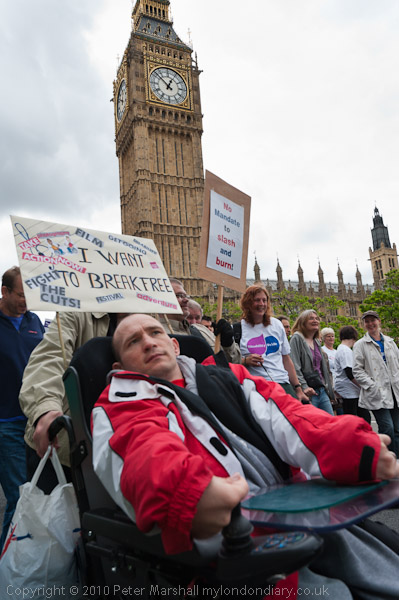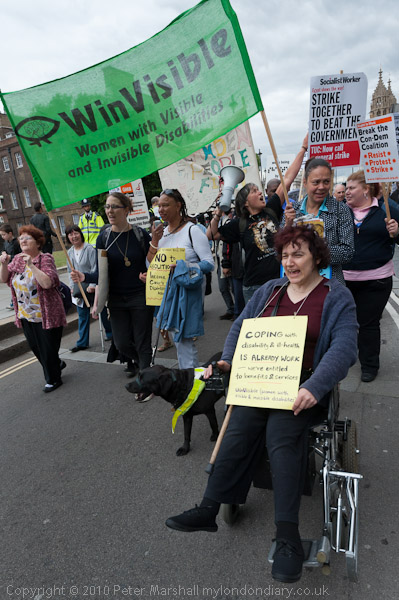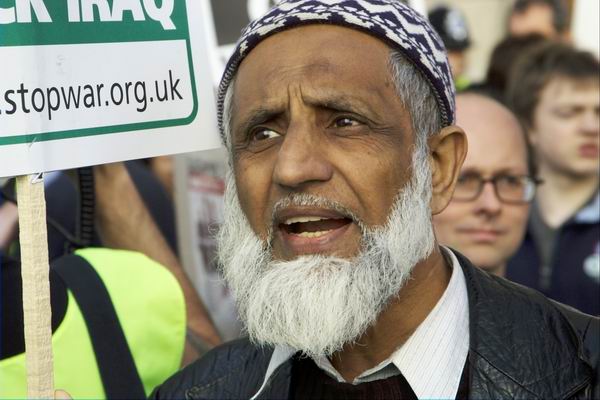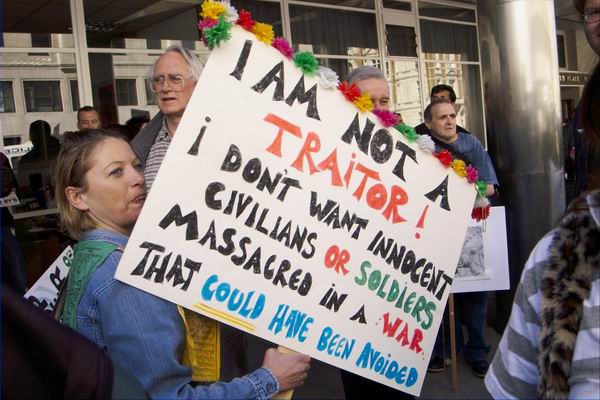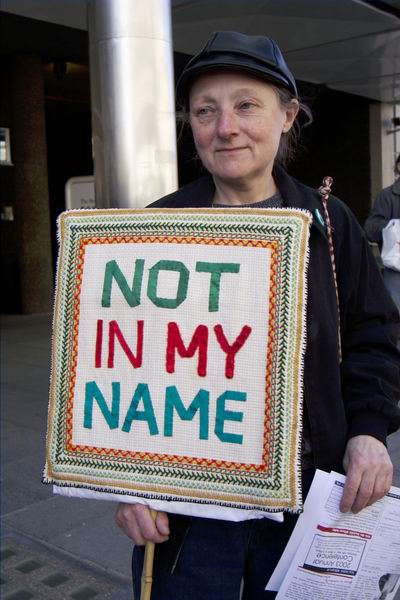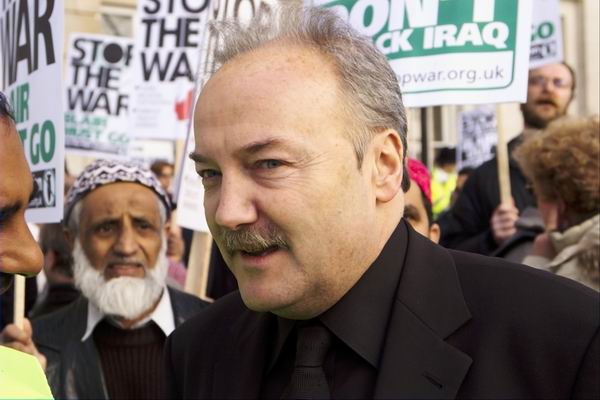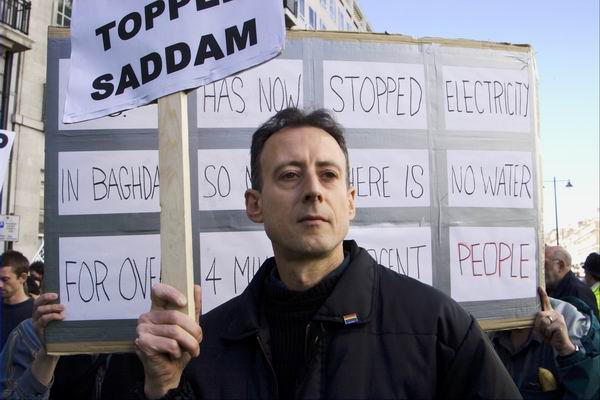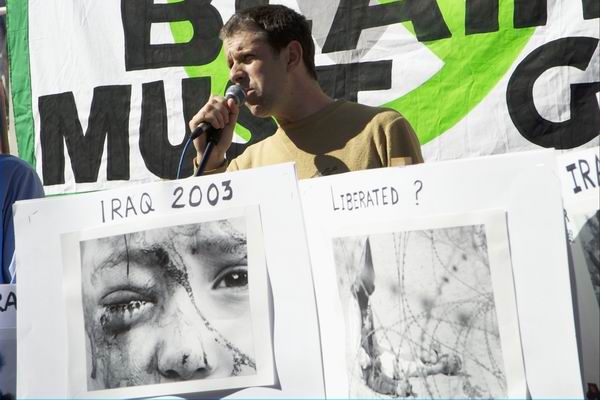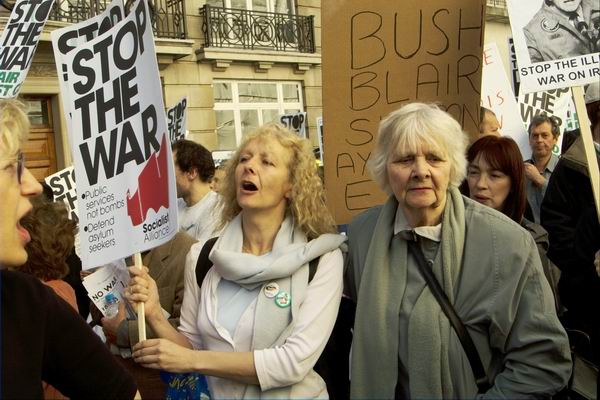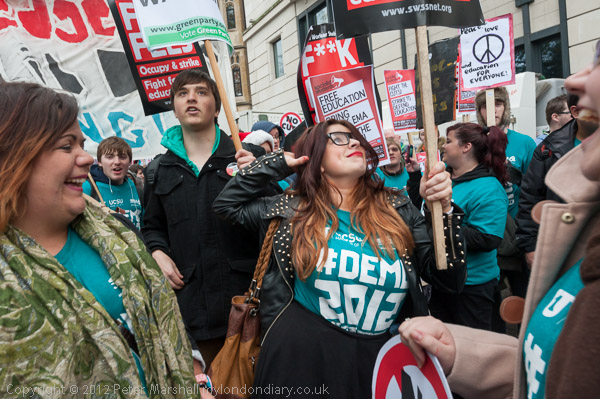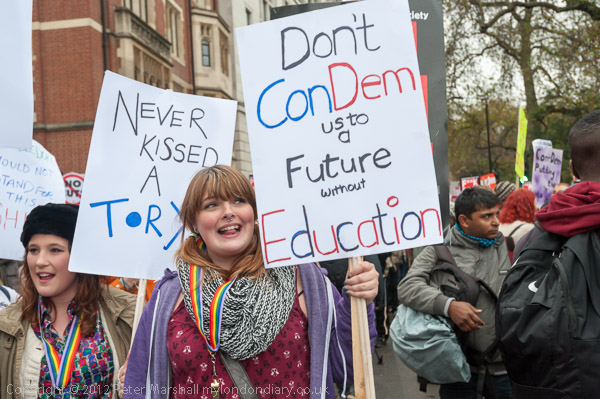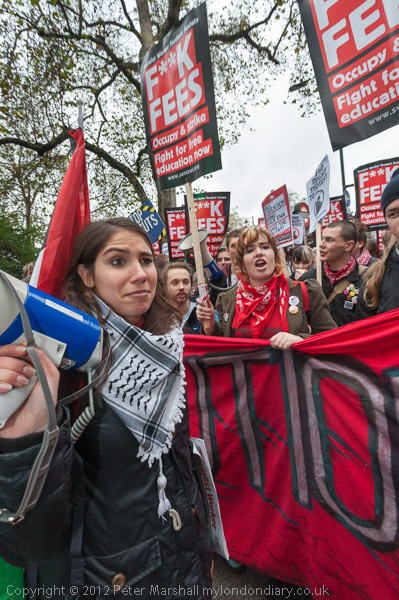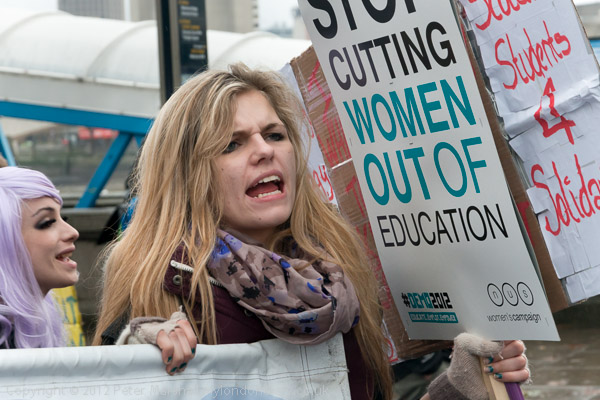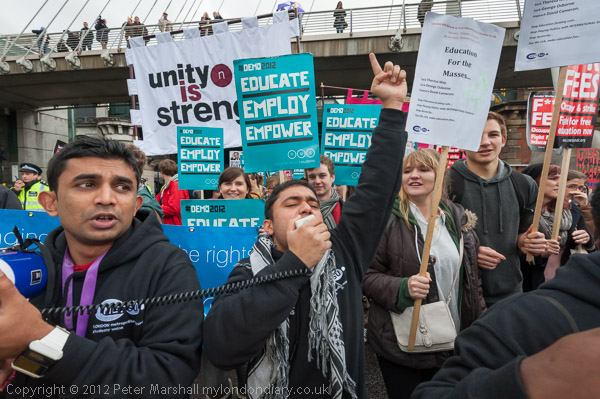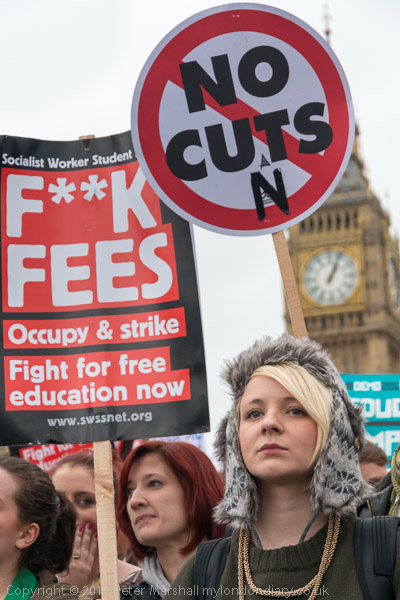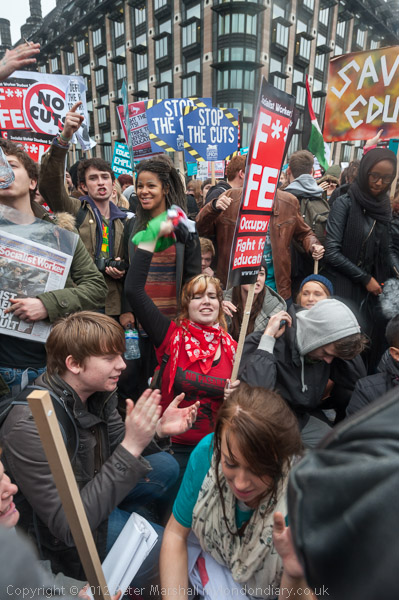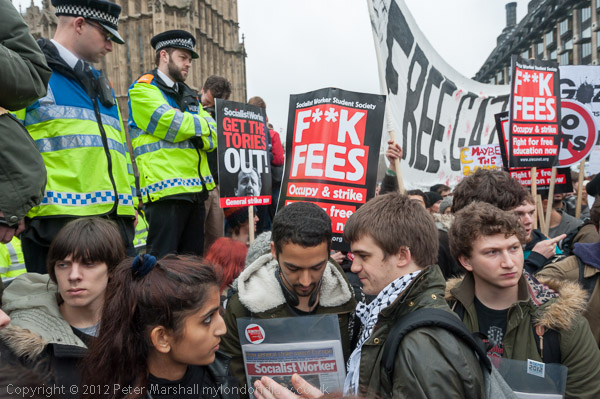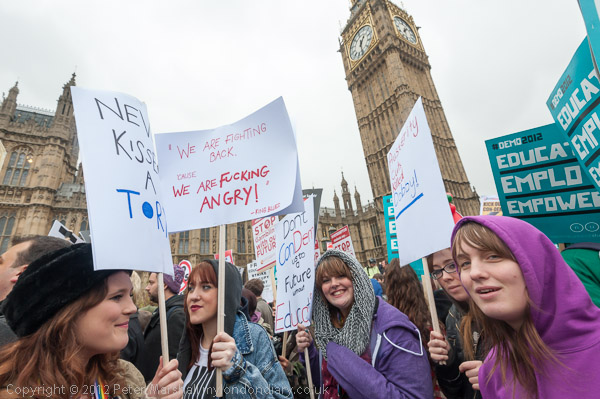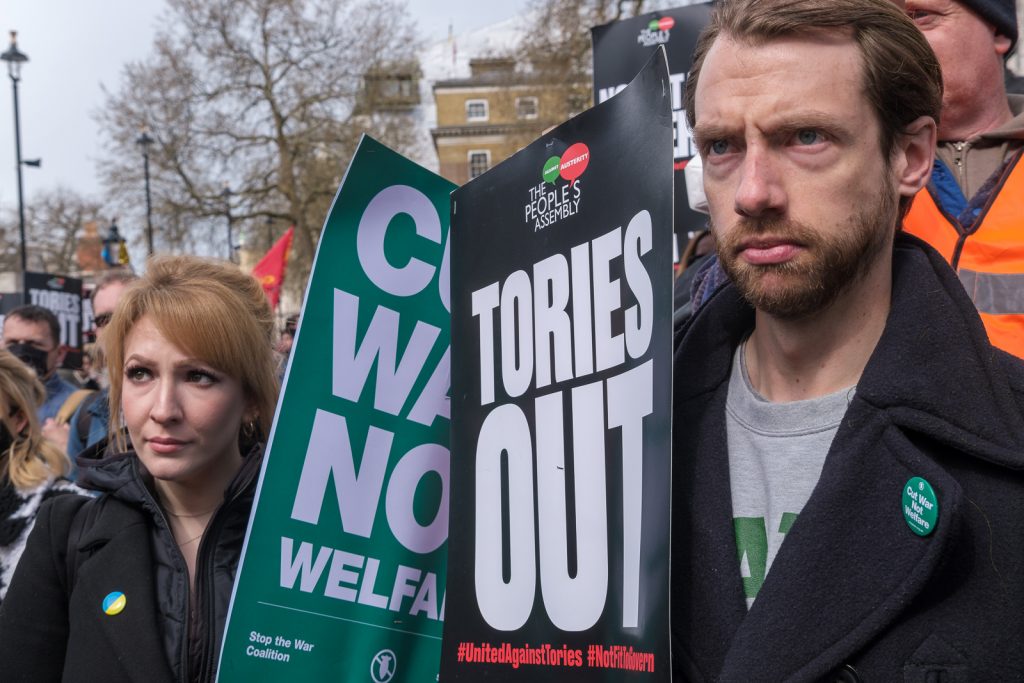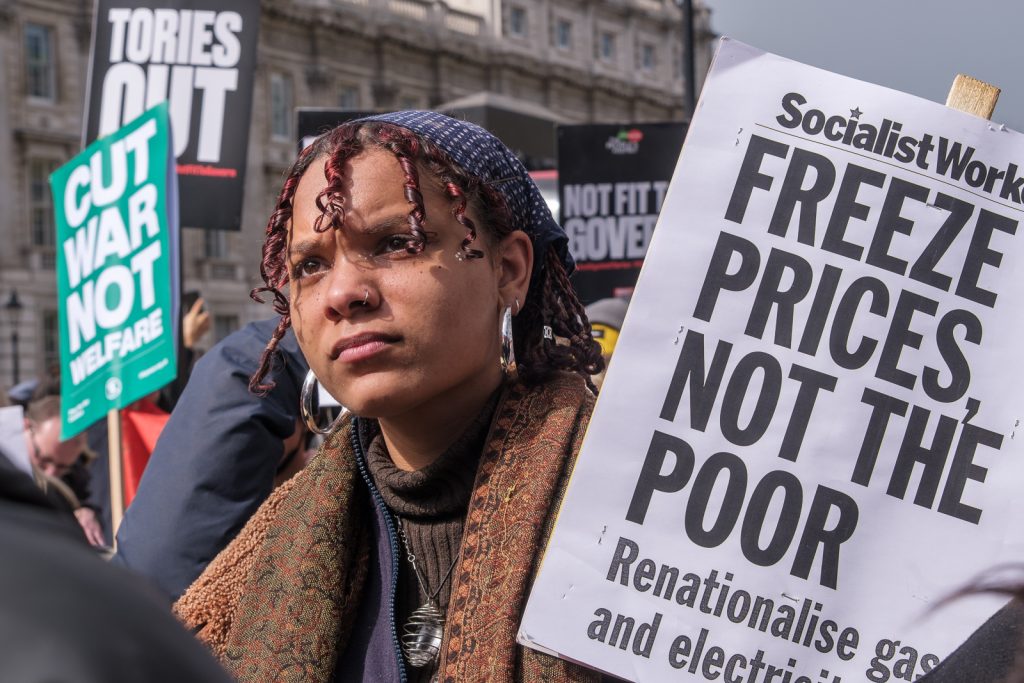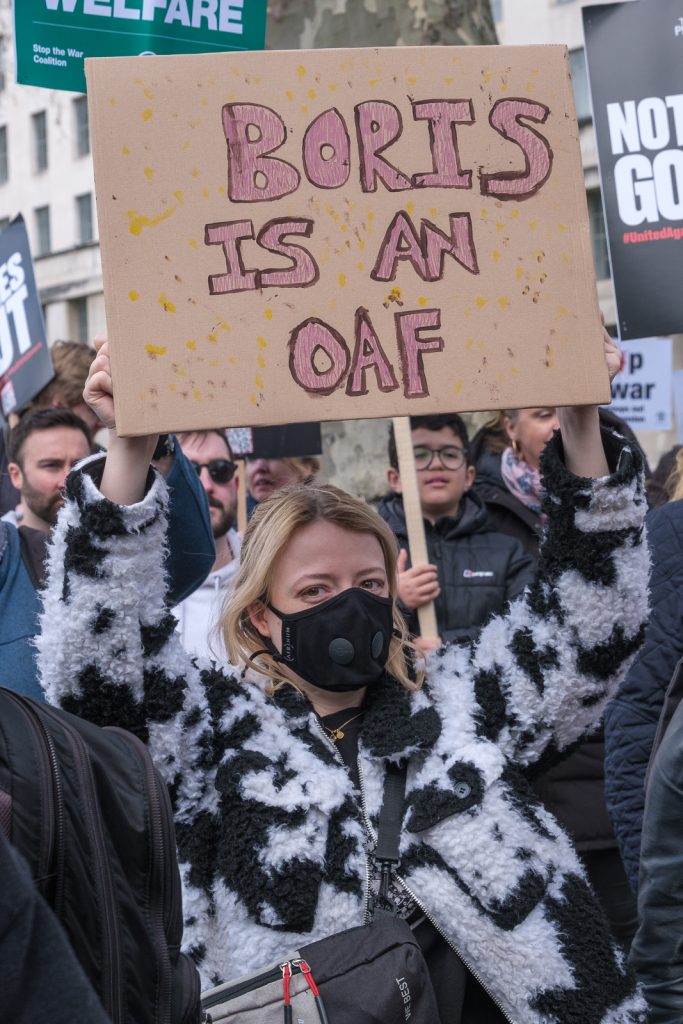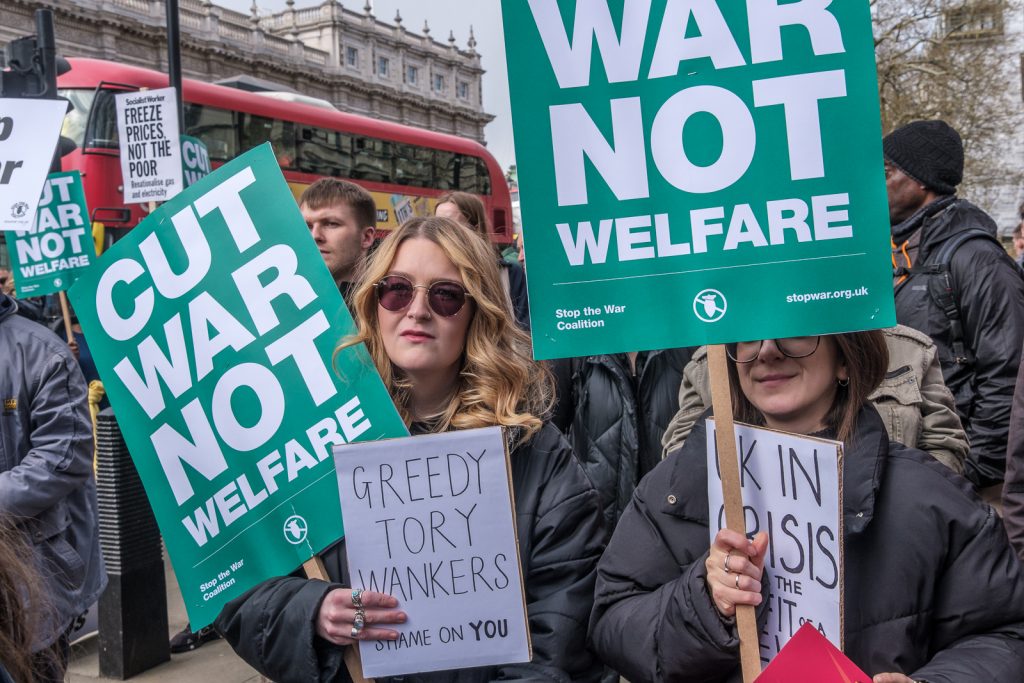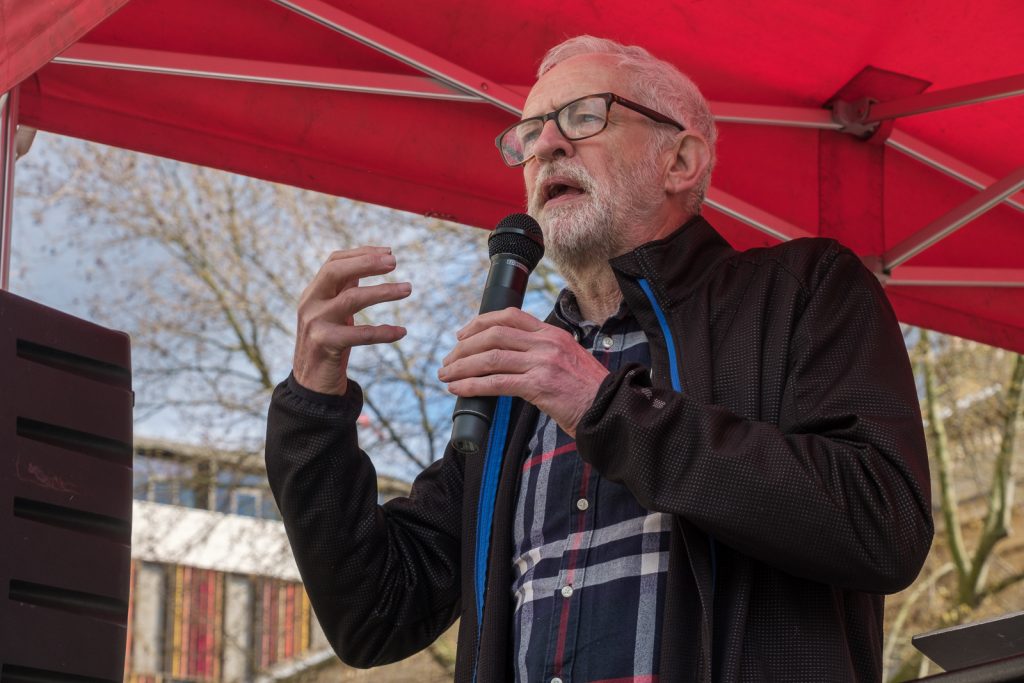Give Our Kids A Future – Dalston to Tottenham. A week after the police killing of Mark Duggan and the disturbances which followed in Tottenham, across London and in other towns and cities, community groups in North London came together on Saturday 13th August 2011 with around 1500 people marching from Dalston to Tottenham Town Hall pleading “Give Our Kids a Future.”

These disturbances were seen by many without surprise as tensions were rising in the more deprived areas of London and across the country as a result of the cuts to youth services and other support begun under New Labour and continued more savagely by the Coalition government.

Local Authorites were being starved of resources and had little choice but to make cuts where they could, cuts which disproportionately affected young people, the elderly and the disabled who rely more on their services. In particular many youth clbbs and other facilities had been closed.

Young people had also been hit by the announcement that the Educational Maintenance Allowance (EMA) which enabled many in lower icnome homes to continue their eduction was to end this summer. Many school students had been radicalised and had taken part in sometimes disorderly student protests, joining in the protests over university fee rises and other changes in education.

On these protests they had seen and suffered from heavy-handed policing with kettling, excessive use of batons and charges into crowds by police horses. And on the streets where they lived many had experienced police harassment, with racially discriminatory stop and searches and being moved away from areas where they met with friends.

People in these areas were becoming more aware of unexplained deaths in police custody, with anger and resentment “multiplied by the lies told by police to the press, and the various cover-ups and white-washing by the IPCC, CPS and other authorities that have been used to prevent bringing those responsible to justice. “

Some saw the shooting of Mark Duggan as an execution by police, and the undisguised glee of some of our right-wing media at his death, having taken the police lies and convicted him, clearly raised tempers. It was the total failure of Tottenham police to engage with the family members and others who held a peaceful vigil last Saturday and the police attack and beating of 15 year old girl that sparked the outbreak of rage that spread rapidly.

The march was not organised to condone any illegal behaviour but was an attempt by a long list of local organisations with the support of some wider political groups (a long list on My London Diary) “to bring all sections of local communities together to promote unity and to urge for positive action working together to find solutions to some of the long-standing problems of the area which made it fertile ground for the disturbances.“
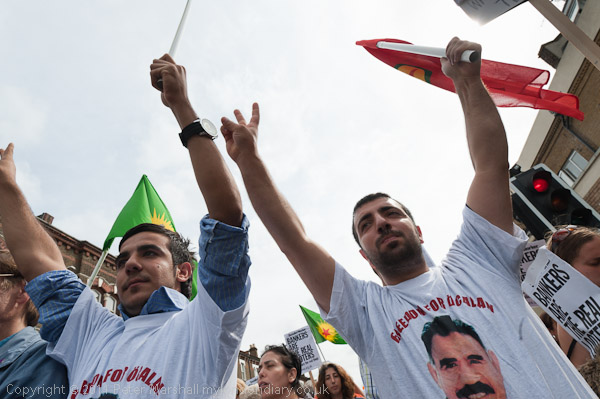
“They want an end to the cuts in public services and for investment to be made into regeneration of the communities, with housing, jobs, education and leisure facilities and a restoration of all the youth services that have been cut”.

“More specifically about the riots they want a community led regeneration of the damaged areas and support for those affected, including the immediate rehousing of those made homeless and grants for small businesses.”

“But perhaps the most important of their demands was one for a cultural change, moving away from the demonisation of youth and the unemployed towards a culture of valuing all people.”

Their leaflet ended with the statement:
“Let’s work together for a decent society, based not on greed, inequality and poor conditions, but on justice, freedom, sharing and cooperation.“
More, including many more pictures, on My London Diary at Give Our Kids A Future.
Flickr – Facebook – My London Diary – Hull Photos – Lea Valley – Paris
London’s Industrial Heritage – London Photos
All photographs on this page are copyright © Peter Marshall.
Contact me to buy prints or licence to reproduce.
